Olorgesailie Prehistoric site, Kenya: a factory of tools with 1.2 million years of history
Kenya is a beautiful land, famous for its abundant wildlife and dramatic scenery and has been so for millions of years. It is also a country which plays a pivotal role in the early history of humanity as many scientists believe that early humans evolved in this part of Africa and that it was home to many of our early ancestors.
The Olorgesailie Prehistoric site, which can be compared to other globally significant sites around the world such as the Peking Man site in China and the Fossil hominid sites of Sterkfontein in South Africa, is vital to our understanding of the Lower Paleolithic era.
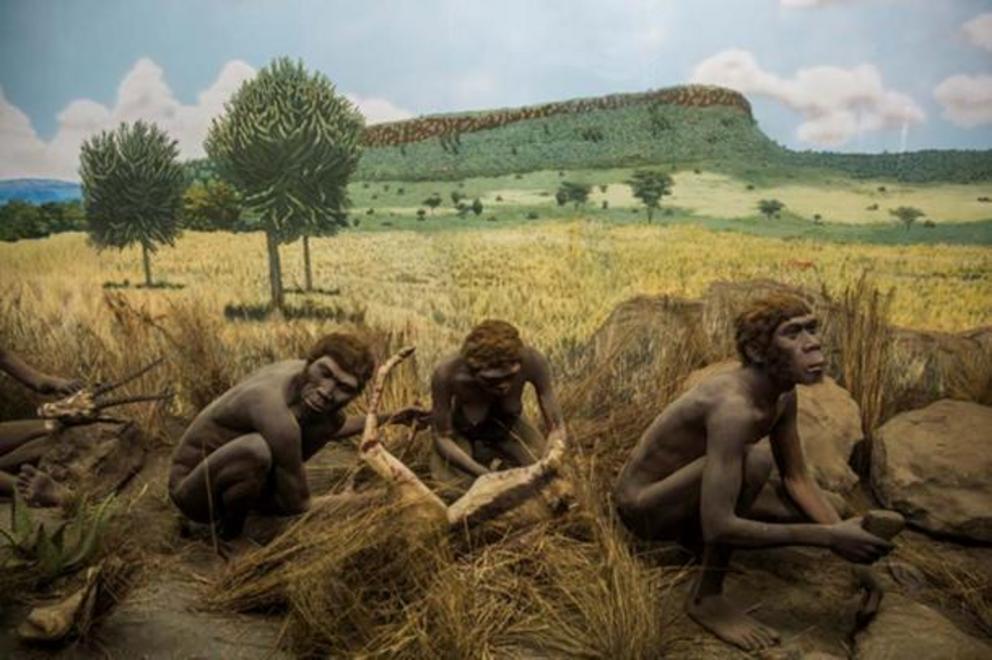
Prehistory, Nairobi National Museum CC BY 2.0
Nestled Between Extinct Volcanoes
Olorgesailie Prehistoric site is located on the floor of the Great Rift Valley which is a large geological trench that traverses Kenya. It is located between two extinct volcanoes and named after Mt. Olorgesailie, the other dormant volcano being Mt. Oldonyo Esakut. The nearby Mt. Olorgesailie was also once sacred to the local Masai tribes. It was here where they once worshipped their chief deity, Enkai.

The arid Rift Valley (Ustun, G / CC BY 2.0 )
In the distant past when these volcanos were active, they rained ash down on the landscape which resulted in the region having a unique geology. The Olorgesailie site is near a dried-up lake basin that existed during the latter part of the middle Pleistocene period, approximately 200,000 years ago. The terrain around the site is quite arid and wild.
The Significance of Olorgesailie Archaeology Site
Olorgesailie is famous for the hand axes that have been unearthed here, many of which date back almost one million years and are some of the oldest every found. The majority of the axes are egg-shaped with razor sharp edges for cutting and hewing - perfectly formed tools to fit a human hand. Because early humans camped here, there is an abundance of tools at the site and they are categorized as belonging to the Acheulean period.
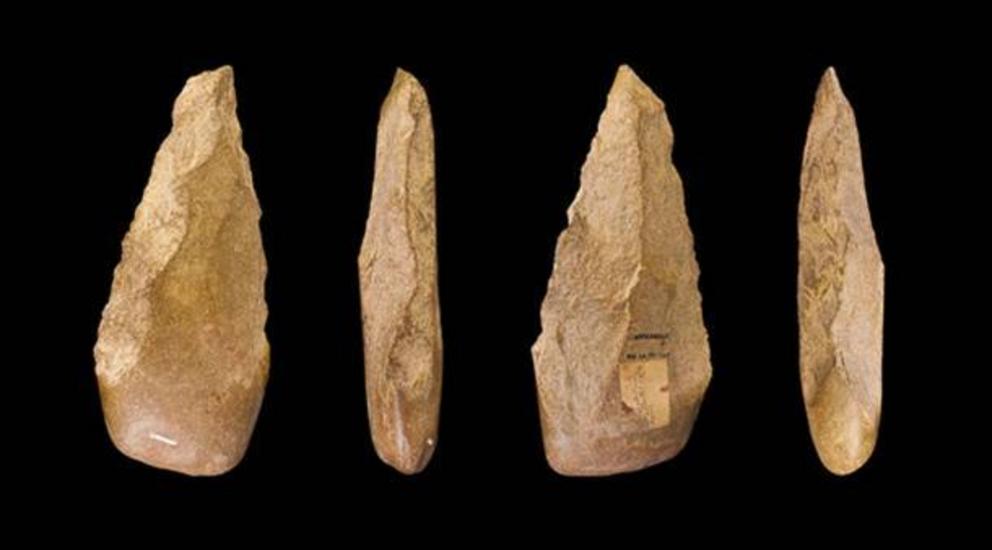
Acheulean double sided tools (CC BY-SA 4.0 )
This location offers a unique insight into our early ancestors Homo Erectus and into the evolution of other early human species, with evidence of continuous hominid activity from 1.2 million to 490 thousand years ago. Part of the skull of an early Homo Erectus was uncovered in a layer of rock that also held axes providing hard evidence that this early species of humans used tools.
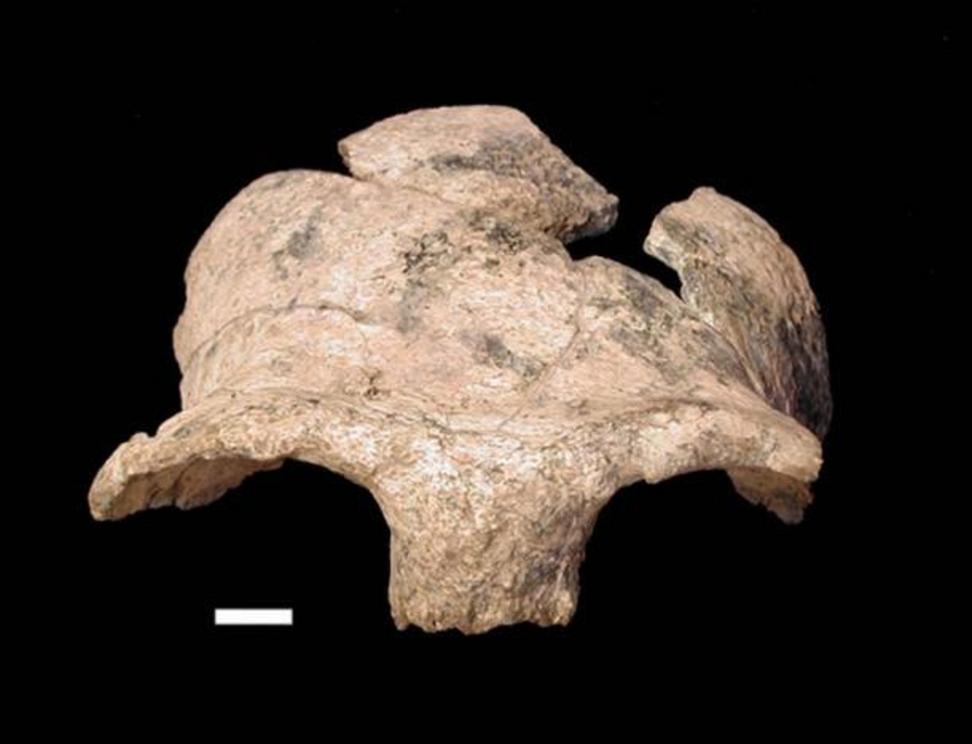
Frontal lobe of the hominim skull found ( The Smithsonian Institute )
There have also been important fossils found at the site, including those of extinct species of elephants, zebras, and other animals. The markings on these fossils indicate that prey were butchered using hand axes, as well as offering a deeper understanding of the environment in the past. The data collected from Olorgesailie would indicate that this region was once tropical, and that early human species evolved in this type of environment.
History of Olorgesailie Archaeology Site
The reason the site has preserved so many traces of our early hominid ancestors is the fact that in the distant past it was near a large shallow lake which attracted a wide range of animals. Hand axes and flint fragments confirm that early groups of hunter-gatherers who camped near the lake had plenty of opportunities to hunt for food and butcher their ‘kills’ while staying in temporary camps. Early species of humans followed the herds of migrating animals only spending some of the year at Olorgesailie.
The artifacts and fossils that were found were preserved by the volcanic ash that fell in the area by encasing and protecting them for hundreds of thousands of years.
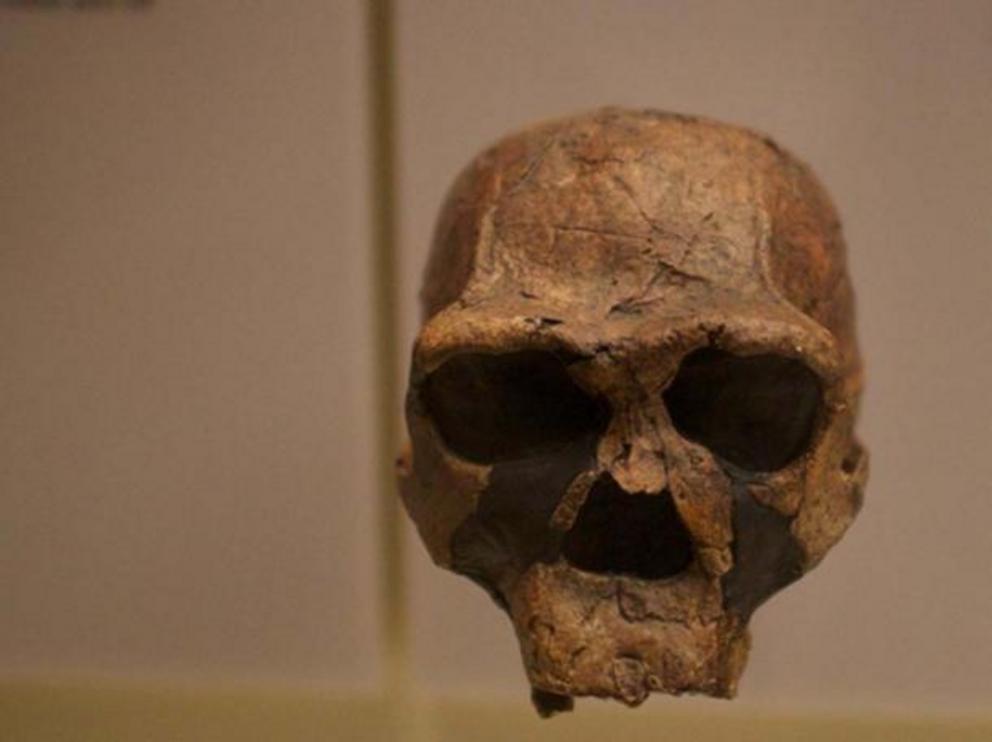
Kenyan Homo Erectus skull ( West, H.J / CC BY-SA 2.0 )
The site was first excavated just after the First World War and it was also investigated by the famous paleontologists, Mary and Louis Leaky, who were pioneers in the study of early hominids. They excavated the site during WWII with Italian prisoners of war providing the labor. The site has continued to provide important finds right up to modern times.
Getting to Olorgesailie Prehistoric Site
The site is located some 43 miles (70km) from Nairobi in the south of Kenya in the Eastern Rift Valley. Olorgesailie is administered by the National Museums of Kenya and tours to the area can be booked in Nairobi. There is some accommodation at the site and it is also possible to camp in the area. It is best to visit the area with a local guide.
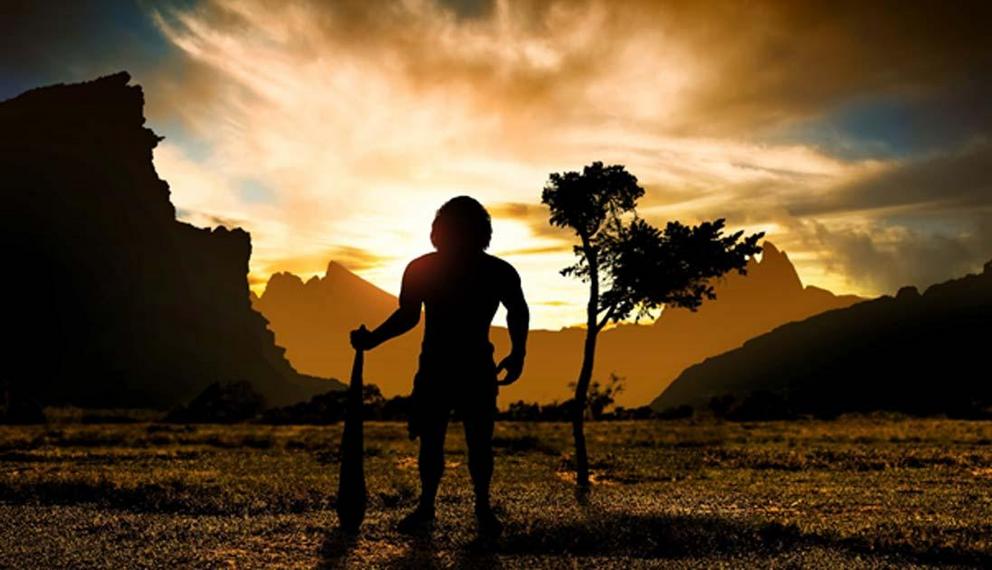
Ancient man ( ginettigino / Adobe Stock )
